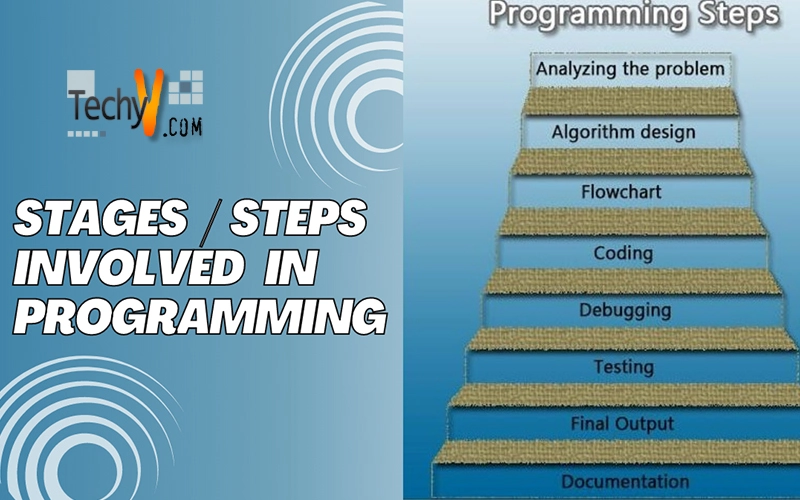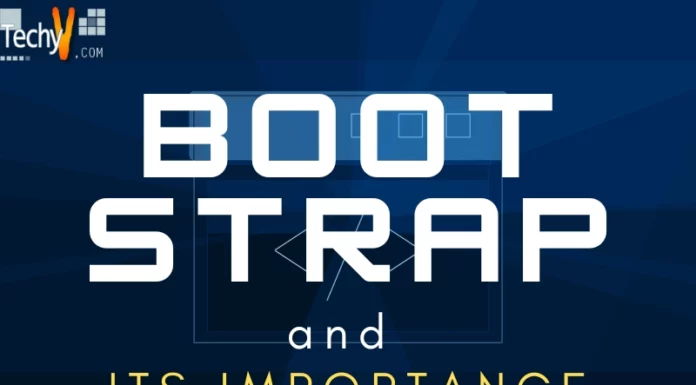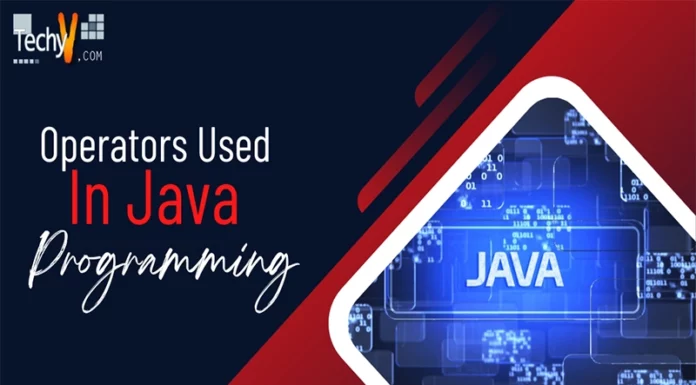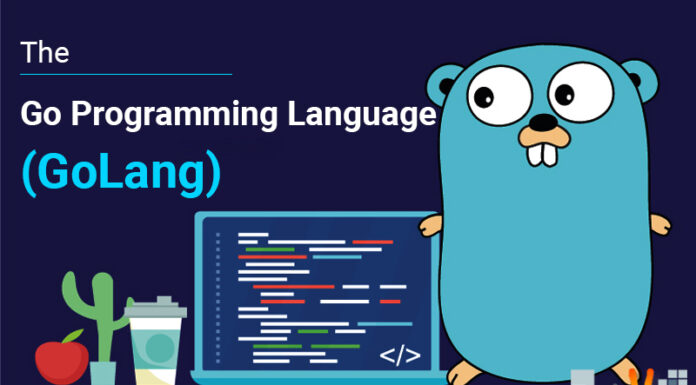STAGES / STEPS INVOLVED IN PROGRAMMING
What is Program?
A program is a set of instructions written by a programmer. Program contains detailed instructions and complete procedures for performing the relevant tasks.
What is Programming?
Programming is an art, although we can learn and taught it, but the creativity and problem solving skills are God gifted.
Steps Involved in Programming
- Analyzing the Problem
- Algorithm design / Pseudocode
- Flowchart
- Coding
- Debugging
- Testing
- Final output
- Documentation
1. Analyzing the Problem
This is the first step of programming and involves getting the following information
These things are very important for the programmer because it provides him the basis for planning about the programming and to control the potential difficulties that may arise.
2. Algorithm Design
In this stage all the instructions which are to be perform at different stages are listed. These are in simple English language. We may call it as a strategy.
3. Flowchart
It is a graphical tool that shows the steps/stages which are to be executed in a program. All the steps which are written in the second stage are now presented in a diagrammatic manner so as to make it easily understandable. Making of flowchart helps us in increasing our process of program development because it facilitates us to define the logic, detecting and removing errors in a program design.
Types of flow chart
- System Flowchart shows the processing of entire system. It describes the input/output devices, the media being used and the flow of data in the system.
- Program flowchart shows the complete steps involved in the execution of a program including I/O, processing, loops and branching. It is more detailed than system flowchart.
4. Coding
In this step programmer writes the instructions in a computer language to solve the problem. All coding process depends upon the information we obtained in previous steps. Choice of language depends upon the requirements and facilities available with a language.
5. Debugging
In this stage we remove all the errors in the program because when we are coding, there are chances that some mistakes may occur at that time. Here the program is executed manually, called DRY RUN. This is done several times until all the errors are removed from the program and the system become errors less.
6. Testing
In this stage we test the program by entering dummy data (includes usual, unusual and invalid data) to check the behavior and result of the program towards the given data.
7. Final Output
After going through all the above stages, the program is given the TRUE DATA. Here the programmer expects the positive results of the program and expects full efficiency of the program.
8. Documentation
Most of the programmer neglect this stage by giving many reasons, but this is very important because this will help the programmer to correct the problems that may occur in the program.
There are two types of documentation
- User Manual provides the use complete information about how to operate the program and what needs to be done when the user face a problem.
- Technical Manual contains the technical information about the program. This is used to get technical details of the program, when the system is not working properly or requires modifications.


















